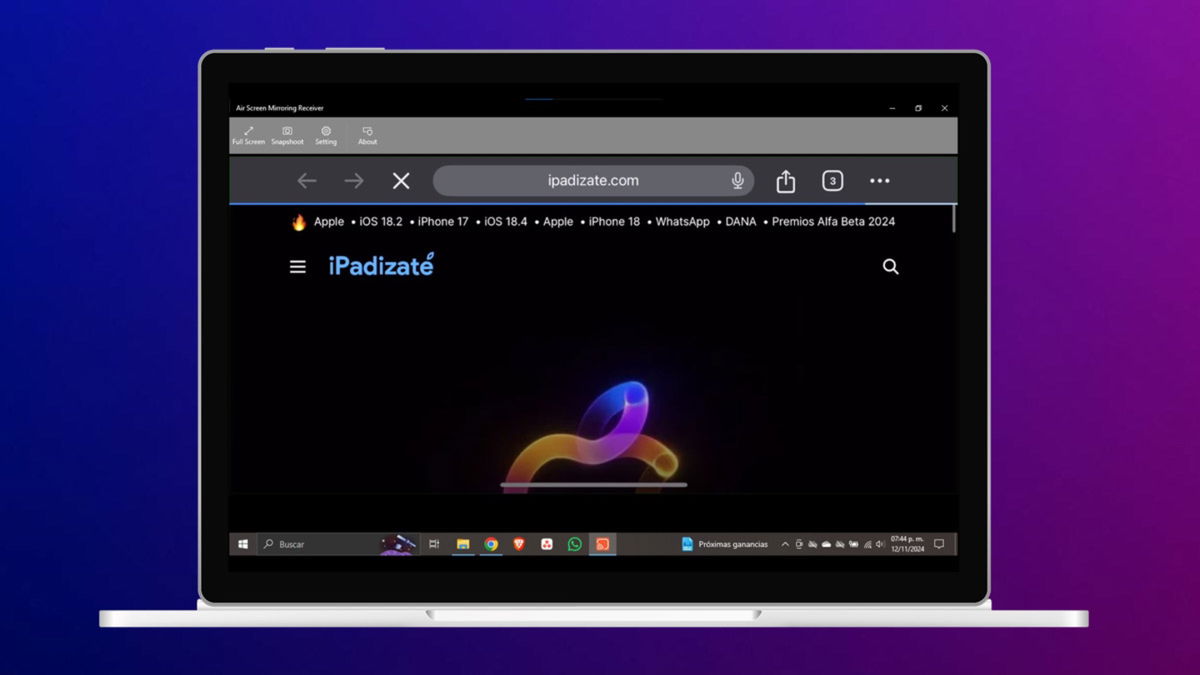In recent months, I had the opportunity to try out a non-Apple device. For someone who is totally immersed in the Apple ecosystem, it’s a curious experience. This is a Motorola One Vision, an entry-level Android terminal. It’s a smartphone without too many pretensions, but it helped me realize two things that go without saying in the iPhone: its haptic engine and the silent tab.
A haptic engine that gives information instead of stunning the user
In 2015, Apple launched the iPhone 6s with a new haptic engine. A system that replaced the traditional vibration motor to give another sensation when activated, and where the haptic reaction is more precise, more customizable. With the iPhone 7, Apple has taken a new step with a new generation of the haptic engine.
This time the physical home button became fixed and received more advanced haptic response to pressure

The Motorola One Vision is the smartphone I’ve been using for months.
The games make good use of the haptic engine, as it translates the user’s collisions in car races like in GRID. Hit the slopes and jump into Alto’s Adventure They have a nice atmosphere. And when a message or a call arrives, the alert from this haptic engine is perfectly recognizable.
Using Motorola’s Android phone, I realized how noticeable its absence was. This terminal has the traditional vibration motor, which can even be heard spinning furiously when you receive an email. That feeling that something is missing when compared to an iPhone (and it doesn’t have to be state of the art) is unavoidable.

A vibration motor stuns the user while the haptics are much more subtle and precise
Vibration motors use what are known as eccentrically rotating mass motors. These are much less precise, since they are limited to rotating an unbalance which generates the vibration. While haptic motors are linear actuators
In the Android world, these types of haptic engines haven’t completely disappeared, as they started arriving a few years ago. The problem is that are reserved for certain models
A button (almost) unique to the iPhone: the mute tab

The Mute Tab is the other function that I miss in this Android terminal. For me it’s essential on my iPhone, since I almost always carry it with the silence activated. I just need to be alerted by the sound of calls from the Apple Watch. And if I don’t have it on my wrist because it’s charging, I turn on the sound on the iPhone.
Well, this Motorola One Vision doesn’t have that silence tab. Which obliges me to always silence him without ability to access quick control of smartphone sounds. If you want to toggle this option, you have to activate the screen and go to the control center, which makes it uncomfortable to use.
It is very curious that with all that many manufacturers have copied from Apple products, these two functions of the iPhone have not been generalized
What is curious is that there seems to be only one android manufacturer which incorporated a sound control tab. This is OnePlus, of which OnePlus 5 has started bringing an alert slider that lets you switch between three sound profiles without touching the screen: fully on, only important notifications or not at all.
The haptic engine and mute tab are two hardware features that require some integration into your software. it’s inexplicable that the two are not more widespread among Android proposals, since they do not seem complex or particularly expensive to introduce. And we already know that for some manufacturers, it’s not enough to copy Apple products.









